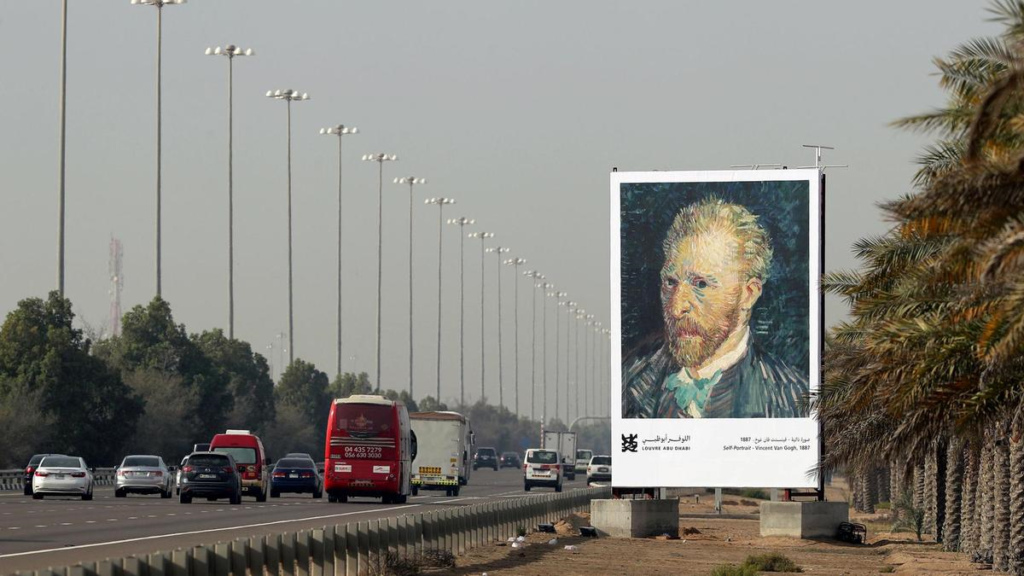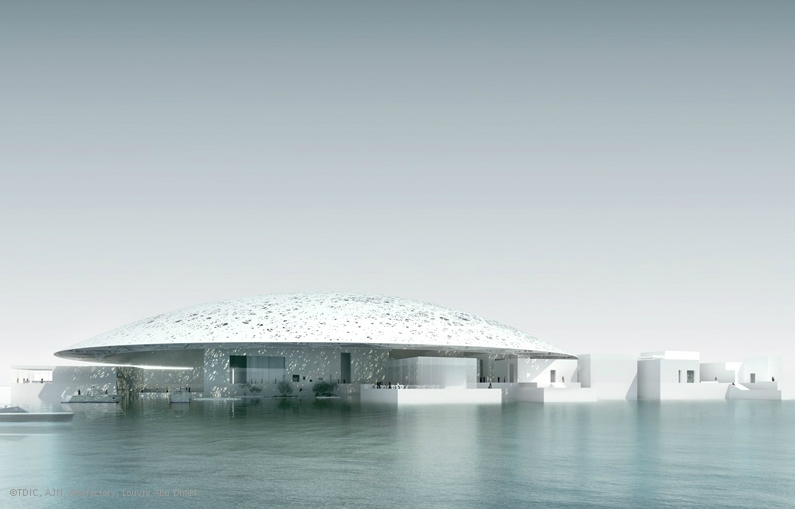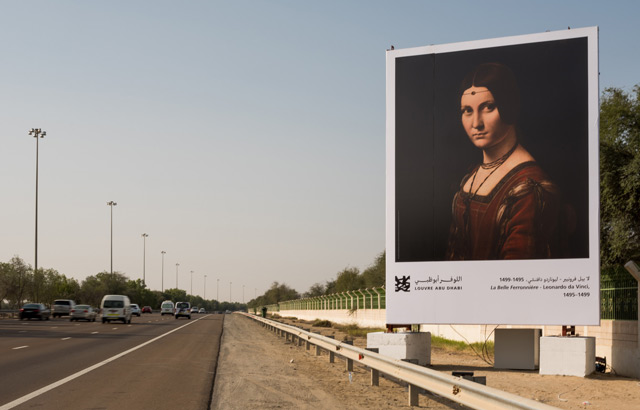
We are living in a time when marketers of all stripes – from local car dealers to big global agencies – are questioning everything they know about what builds brands and sells products.
The Internet has begat digital advertising in many forms and formats, leaving media mavens often facing a conundrum about which medium or platfrom is best for reaching specific audiences. And then there’s the question of whether the specific goals of a campaign – now expressed in KPIs or Key Performance Indicators – can be accomplished with digital, traditional, or a combination of the two.
It wasn’t that long ago that most marketers had a fairly simple palette of options – TV, radio, newspapers, magazeins, outdoor, Yellow Pages, and direct mail. But today, that list has exponentially grown, thanks to to a seemingly infinite number of digital choices.
And in many agencies, smaller shops, and even local retailers, the bright, shiny objects are often difficult to resist – even if marketers may not understand exactly how these platforms work and the measurement metrics that are useful and telling.
In the process, some traditional advertising staples – notably, radio and outdoor – are often classified as “old media,” deemed to be less effective than their new digital competitors. But the car is still the conduit that makes these two traditional platforms viable. And most of us find ourselves in a cars, trucks, or buses every day.
While coming advancements in autonomous mobility may one day change the game, right now today, there is still a lot to be said for radio and outdoor as dependable advertising tools. They may not be sexy, but they continue to be effective for many products and services – especially what we call “windshield businesses” – the ones drivers pass on the streets, highways, and byways where they live and work.
But in order to maintain their efficacy as marketing vehicles, radio and outdoor need to work harder on their creative, as well as innovations in their respective media that can capture attention and keep them vital and relevant.
 And for a great example of how that might work, we have to journey more than 8,000 miles to Abu Dhabi in the United Arab Emirates. That’s where Adweek reports that a new cultural outet in the area – the Louvre – has pulled off a clever, and effective media innovation.
And for a great example of how that might work, we have to journey more than 8,000 miles to Abu Dhabi in the United Arab Emirates. That’s where Adweek reports that a new cultural outet in the area – the Louvre – has pulled off a clever, and effective media innovation.
Yes, that Louvre. It opened last November in the Arab world, but attendance has so far been less robust that expected. In Paris, that same museum has no trouble attracting millions of locals and even more tourists each year. The Louvre in Paris is an iconic culture magnet, on just about every visitor to the city’s must-see list.
Not so much in Abu Dhabi, where the culture isn’t as primed to go to museums as Europeans or North Americans.
And so as part of U.A.E. Innovation month, the museum decided to try something different – the “Highway Gallery.” They launched billboards plastered with 10 major classic artworks along the main thorughfares in the city.
In and of itself, that’s not a very novel campaign. So to complete the experience, the billboards are accompanied by guided tours – ON THE RADIO. Three FM radio stations are being used to provide the story behind the art, the very first guided museum tour on a highway. FM jammers interrupt the music on these stations when you drive by one of the boards.
Given that consumers weren’t visiting the Louvre in droves, the museum boldly decided to take the museum to drivers in an effort to generate more interest in the classic art experience.
This innovative audio-video-mobile mashup shows what can be done with old school media like FM radio and highway billboards. And it should  serve us a reminder to us here in the States that we don’t often make the best use of the materials, knowledge, and expertise we have right in front of us.
serve us a reminder to us here in the States that we don’t often make the best use of the materials, knowledge, and expertise we have right in front of us.
This inventive, creative effort also proves what can be done when we turn our imaginations on, and turn our reality on its side.
How many “loser FMs” and HD2 channels are going to waste or playing a duplicated format when they could be used for more creative and marketing focused purposes?
How many public radio stations trying to generate new cume from seemingly disinterested audiences could benefit from a novel sampling program like this one?
How many radio stations are taking real advantage of captive commuters in the one environment where we have their attention – cars?
This campaign’s effectiveness will be easily measurable by tracking attendance and new membership. But it could also be even more attributable to the radio and billboard campaign by embedding a keyword in the audio message (like “traffic” or “radio”), triggering a discount at the Louvre.
No, it’s not a digital solution. But it is a fascinating way to combine two traditional media into a melange that’s truly different and just might make you look up from the monotony of that morning commute to take notice of something truly artistic.
Innovation comes in all sorts of packages, forms, and yes, media.
And that’s why at its core, marketing is an art.
- What To Do If Your Radio Station Goes Through A Midlife Crisis - April 25, 2025
- A 2020 Lesson?It Could All Be Gone In A Flash - April 24, 2025
- How AI Can Give Radio Personalities More…PERSONALITY - April 23, 2025




Excellent!
Thanks, Clark!
Fred,
Your blog this morning reminded me of a nice memory. My parents and I would drive into Danville, Virginia (The Big City!!) back in the 50’s and 60’s and I remember a radio station billboard that had a light at the top. The slogan was- When the light is on, the news is on! My Dad would always reach over and check the radio. Would it still work today? Hmmmm… Enjoy your columns everyday!
I think of those “Now Playing” boards many of our Classic Rock stations used in the ’90s. First boards I ever saw stimulate tune-in. Thanks for that story, Barry, and the kind words.
Gives new meaning to “distracted driving”!
Definitely, but at least you’re getting a little culture rather than playing HQ Trivia. 🙂